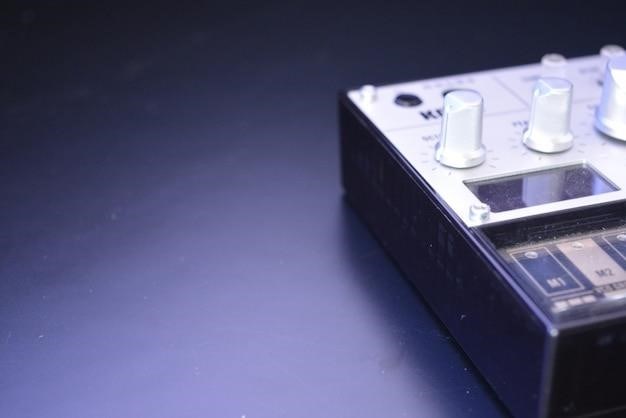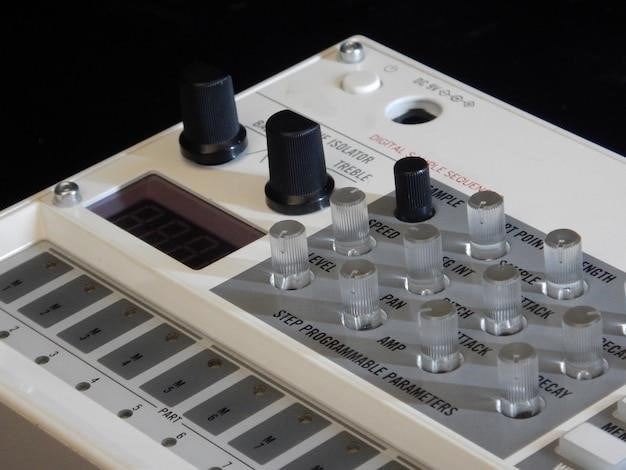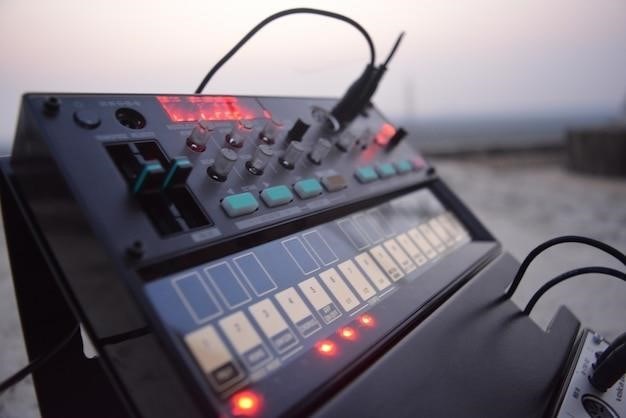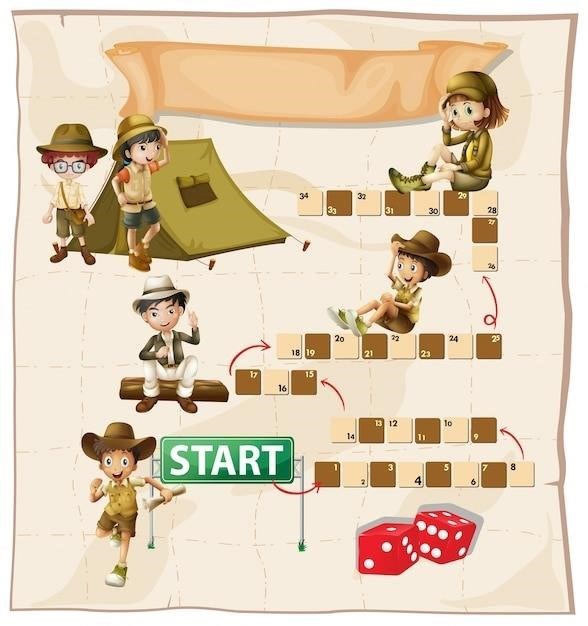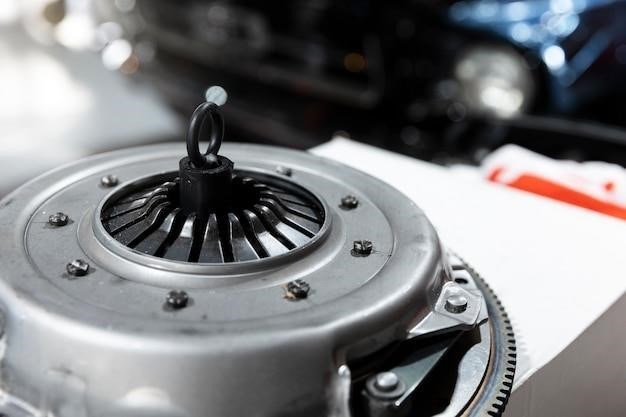Locating the 2007 Toyota Camry Manual
Finding a 2007 Toyota Camry manual can be done through various avenues. Official Toyota resources, such as the Toyota website, offer owner’s manuals and potentially service information. Third-party online sources, including forums and used-manual retailers, may provide repair manuals. Haynes also publishes repair manuals for this model.
Official Toyota Resources
Your primary source for a 2007 Toyota Camry manual should be Toyota itself. Check the official Toyota website; their owner resources section often contains downloadable owner’s manuals in PDF format. These manuals provide essential information about your car’s features, operation, and basic maintenance procedures. While they might not offer detailed repair instructions like a full service manual, they are a valuable starting point for understanding your vehicle. Remember to input your vehicle’s identification number (VIN) for accurate manual retrieval. If the owner’s manual is unavailable online, contact your local Toyota dealership. They might have printed copies available for purchase, or they may be able to direct you to online resources. Dealerships also sometimes provide access to more comprehensive service manuals, though these usually come with a fee.
Third-Party Online Sources
Beyond official Toyota channels, numerous third-party websites and online forums offer resources for locating a 2007 Toyota Camry manual. These sources can be a valuable supplement to official documentation, but exercise caution. Some websites may offer free downloads of service manuals, but be aware that these might be incomplete, outdated, or even pirated copies. Always verify the source’s legitimacy before downloading any files, to avoid malware or inaccurate information. Online forums dedicated to Toyota vehicles, such as Toyota Nation, can be helpful. Members often share links to manuals, discuss repair procedures, and offer advice. However, the accuracy of user-submitted information isn’t always guaranteed; always cross-reference information with other reliable sources. Be aware that links shared on forums can become obsolete as websites change or remove content. Sites specializing in automotive repair manuals may also sell or offer digital downloads of manuals for a fee.
Haynes Repair Manuals
Haynes Publishing is a well-known publisher of automotive repair manuals, including those for the Toyota Camry. Their manuals are designed for the DIY mechanic and provide detailed, step-by-step instructions and diagrams. While not as comprehensive as factory service manuals, Haynes manuals offer a valuable alternative for those who prefer a more accessible and user-friendly approach to car maintenance and repair. They generally cover routine maintenance, troubleshooting common issues, and basic repair procedures. A Haynes manual for the 2007 Toyota Camry would likely include information on engine repair, electrical systems, brakes, suspension, and other key components. However, keep in mind that Haynes manuals usually don’t include the depth of detail found in factory manuals, such as detailed wiring diagrams or specialized diagnostic information. They are best used for general repair and maintenance tasks, rather than complex or specialized repairs. Before purchasing, always confirm that the manual covers the specific engine and trim level of your 2007 Camry.

2007 Toyota Camry Manual Contents
Comprehensive Toyota Camry manuals typically include detailed specifications for the engine and recommended maintenance schedules. They also feature diagrams of the car’s electrical system and provide step-by-step instructions for troubleshooting and repair procedures;
Engine Specifications and Maintenance
The 2007 Toyota Camry offered several engine options, influencing the specific details within the maintenance section of the manual. A crucial part of any manual is dedicated to engine specifications, providing vital data such as displacement, horsepower, and torque figures for each available engine (2.4L 4-cylinder or 3.5L V6). This information is essential for understanding the engine’s capabilities and limitations. Beyond specifications, the maintenance section provides crucial details on routine upkeep. This includes recommended oil change intervals, filter replacements (oil, air, fuel), and fluid top-offs (coolant, brake fluid, power steering fluid). The manual will clearly outline the procedures for these tasks, often with illustrations and diagrams to aid the user. Furthermore, it will likely specify the types and grades of fluids and filters to use for optimal engine performance and longevity. Ignoring these recommendations can lead to decreased engine efficiency, premature wear, and potential costly repairs down the line. Regular adherence to the maintenance schedule detailed in the manual is vital for preserving your 2007 Camry’s engine health.
Electrical System Diagrams
The 2007 Toyota Camry’s repair manual includes detailed electrical system diagrams, invaluable for diagnosing and repairing electrical issues. These diagrams, often presented as complex schematics, visually represent the intricate network of wires, connectors, and components within the vehicle’s electrical system. They provide a comprehensive overview, mapping the flow of electricity from the battery to various parts like lights, sensors, and actuators. Understanding these diagrams is crucial for tracing electrical circuits, identifying potential short circuits or open circuits, and locating faulty components. The diagrams typically use color-coded wires and symbols to represent different components and circuits, simplifying navigation. For example, a specific diagram might show the path of power for the headlights, from the fuse box, through relays and switches, to the headlights themselves. Locating a faulty wire or a blown fuse becomes significantly easier with a clear visual representation of the circuit. Furthermore, the diagrams often include connector pinouts, which specify the function of each pin in a connector, aiding in troubleshooting harness issues. The inclusion of these detailed diagrams makes the manual an essential resource for anyone tackling electrical repairs on a 2007 Toyota Camry.
Troubleshooting and Repair Procedures
The 2007 Toyota Camry repair manual provides comprehensive troubleshooting and repair procedures, guiding users through the process of diagnosing and fixing various mechanical and electrical problems. These step-by-step instructions typically begin with identifying symptoms, such as a malfunctioning component or unusual noise. The manual then suggests diagnostic tests to pinpoint the root cause. This might involve checking specific components, using diagnostic tools, or interpreting fault codes. Once the problem is identified, the manual provides detailed repair procedures, including necessary tools, parts, and safety precautions. Procedures often include diagrams and illustrations to clarify complex steps. For example, a procedure for replacing a faulty oxygen sensor might include detailed instructions on disconnecting the sensor’s wiring harness, removing the sensor from its mounting point, and installing the new sensor. The manual also provides specifications for torque values, ensuring proper tightening of bolts and nuts. Safety warnings are strategically placed throughout the procedures to emphasize important safety precautions. The detailed troubleshooting and repair procedures make the manual a valuable resource for DIY mechanics and professional technicians alike, offering a structured approach to vehicle maintenance and repair.
Finding Specific Information
The 2007 Toyota Camry manual organizes information logically. Use the table of contents, index, and diagrams to quickly locate repair procedures, understand fault codes, and access wiring diagrams for efficient troubleshooting and repairs.
Locating Repair Procedures
Repair procedures within the 2007 Toyota Camry manual are typically organized systematically, often by system (e.g., engine, transmission, electrical). Look for a table of contents or index to pinpoint the specific component needing attention. The manual might use a hierarchical structure, guiding you from general troubleshooting steps to detailed, step-by-step instructions for specific repairs; Diagrams and illustrations will complement the written instructions, making the process clearer. Pay close attention to torque specifications and safety precautions outlined in each procedure. Remember that factory manuals often use technical jargon; familiarize yourself with relevant terminology beforehand to enhance understanding. If the manual lacks clarity on a particular procedure, consider consulting online forums or seeking help from experienced mechanics. Always prioritize safety and follow instructions meticulously to avoid causing further damage to your vehicle.
Understanding Fault Codes
Your 2007 Toyota Camry’s onboard diagnostic system (OBD-II) utilizes fault codes to pinpoint potential issues. These codes, typically displayed on the dashboard or retrievable with a scan tool, consist of alphanumeric combinations. The 2007 Camry manual will usually contain a comprehensive section dedicated to deciphering these codes. This section acts as a diagnostic dictionary, translating each code into a plain-language description of the problem. For instance, a code might indicate a malfunctioning oxygen sensor, a faulty mass airflow sensor, or a problem within the ignition system. Understanding these codes is crucial for effective troubleshooting and repair. The manual might also offer troubleshooting flowcharts or diagrams, guiding you through a systematic diagnostic process based on the specific fault code(s) detected. Always consult your vehicle’s manual for accurate interpretation and avoid relying solely on generic online resources, which might not be specific to your Camry’s model year.
Accessing Wiring Diagrams
Electrical system troubleshooting often requires understanding the intricate network of wires and components within your 2007 Toyota Camry. The factory service manual for your vehicle is the most reliable source for detailed wiring diagrams. These diagrams, typically presented as complex schematics, visually map out the entire electrical system. They show the pathways of wires, the location of connectors, and the relationship between various electrical components like sensors, actuators, and control modules. Accessing these diagrams is crucial for tracing electrical circuits, identifying faulty components, and performing repairs. The diagrams might be organized by system (e.g., lighting, fuel injection, climate control) or presented as a comprehensive, single schematic. Understanding the symbols and notations used in the diagrams is essential for accurate interpretation. The manual might include a legend explaining the various symbols used within the diagrams. Using these diagrams effectively requires patience and attention to detail. Remember, working with the electrical system can be hazardous; always disconnect the battery’s negative terminal before working on any electrical component.

Additional Resources
Beyond official and aftermarket manuals, consider online forums, independent repair shops, and your local Toyota dealership. These offer supplemental information, community support, and professional expertise when tackling repairs.
Online Forums and Communities
Engaging with online forums and communities dedicated to Toyota Camry owners can be invaluable when searching for a 2007 Camry manual or troubleshooting issues. These platforms often have users who have already tackled similar repairs, offering firsthand advice and potentially sharing links to helpful resources, including PDFs of manuals or diagrams. The collective knowledge within these communities can save you time and money. Remember to always approach online advice with a critical eye, verifying information with multiple sources before implementing any significant repairs. Searching for “2007 Toyota Camry forum” or similar terms on search engines like Google will lead you to various dedicated forums and online communities. These communities not only offer technical support but also a platform to connect with fellow owners who can share personal experiences and insights.
Dealer Service Manuals
While not readily available to the public, Toyota dealerships possess comprehensive service manuals containing detailed repair procedures and specifications for the 2007 Camry. These manuals are typically used by trained technicians for professional repairs. Accessing these manuals directly is usually not feasible for individual owners; however, it’s worth contacting your local Toyota dealership. They might offer limited access to information or suggest alternative resources. Keep in mind that dealerships often charge for their services, including providing information from their service manuals. While obtaining a complete dealer service manual might be difficult, a dealership visit can be beneficial for specific repair questions or to confirm information found elsewhere. Their expertise can be valuable in complex situations.
Independent Repair Shops
Independent repair shops, often specializing in Toyota vehicles, frequently utilize their own service manuals and repair information databases. These sources might include manufacturer-equivalent manuals or compiled information from various sources. While independent shops may not always share their complete repair manuals with customers, they can provide valuable assistance in diagnosing and fixing problems with your 2007 Camry. Their experience with similar vehicles can be incredibly helpful in troubleshooting specific issues, even if they don’t directly share their internal documentation. Contacting several independent repair shops in your area and discussing your repair needs could lead to uncovering useful advice or suggestions. Remember to inquire about their diagnostic procedures and the resources they employ before committing to any repairs. They might offer insights based on their accumulated knowledge, effectively acting as a secondary source of information.




